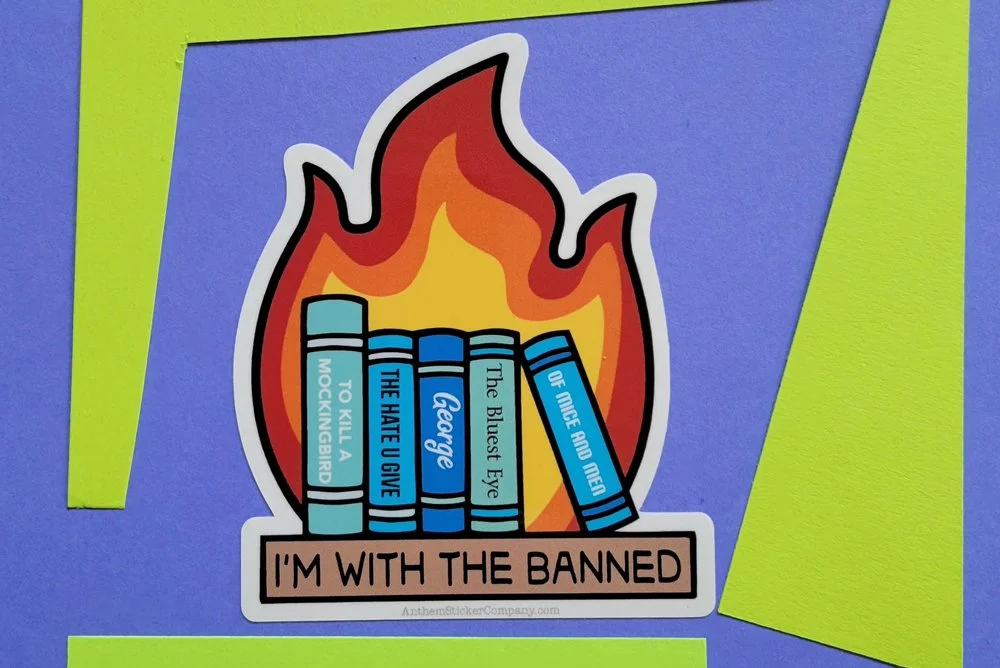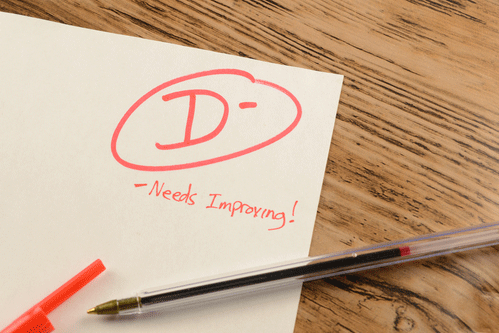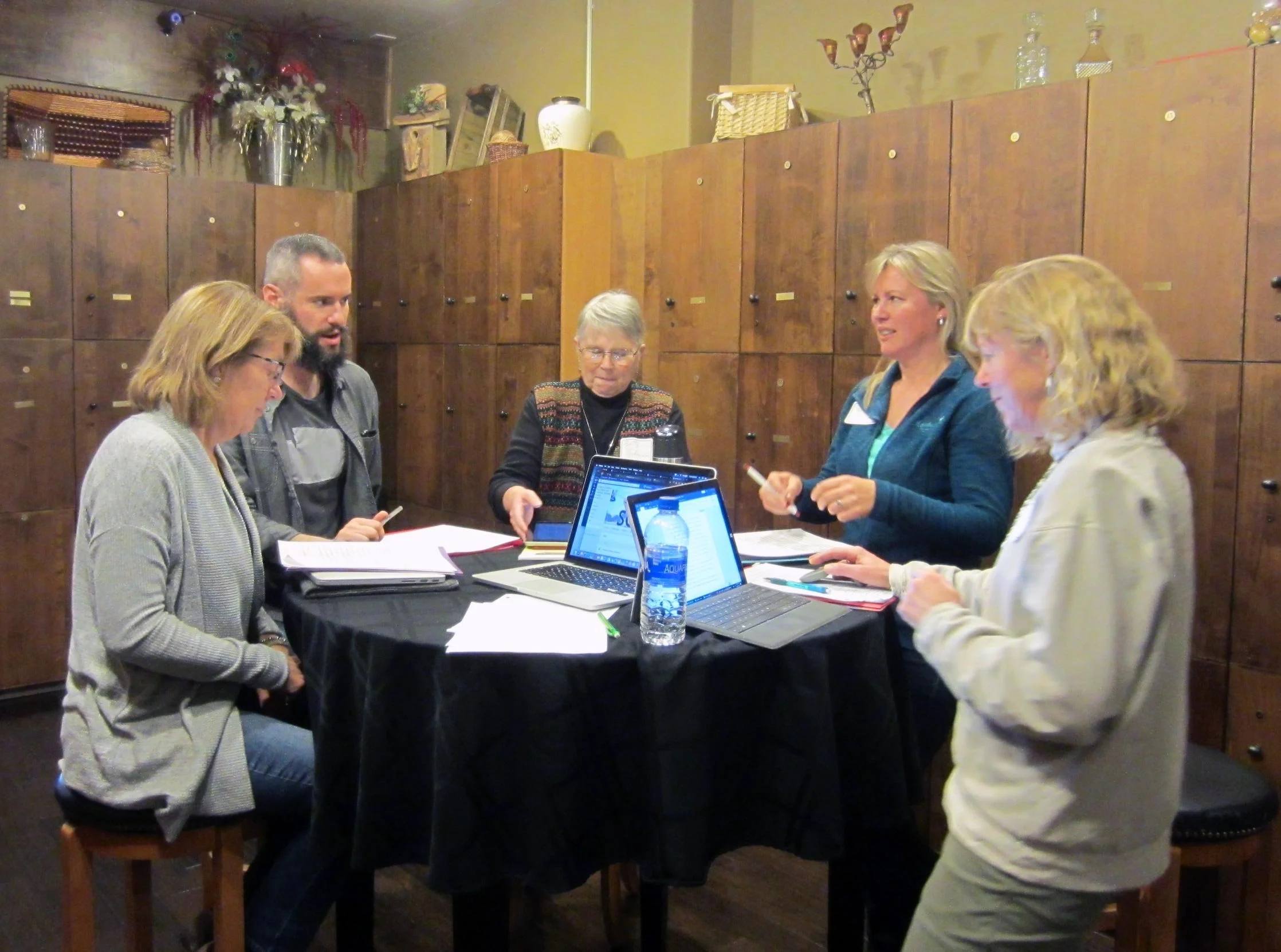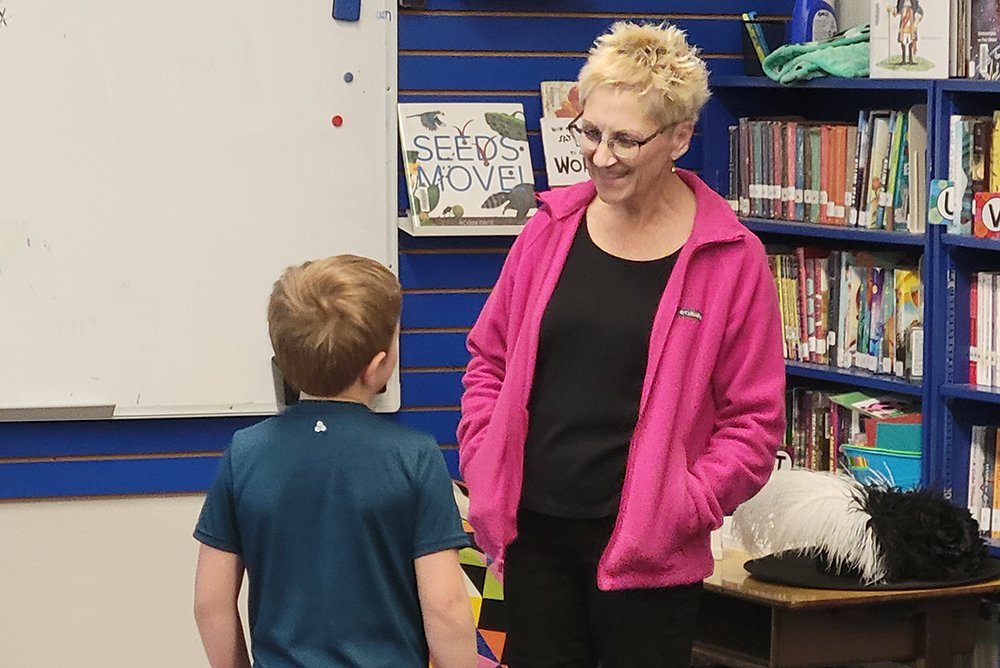et ceteras
Welcome to et ceteras, a blog featuring posts about Joann, animals, childhood, The Mollys B. (her latest book!), and writing in general. An insight to her writing, Joann shares thoughts on topics regarding her inspiration, ethics, companionship with animals, and imagination. Check back often, or subscribe to receive the latest updates by email!


IT’S THE MOST WONDERFUL TIME OF THE YEAR!
The holidays will soon be here, and books make lasting gifts. Celebrating Montana authors and illustrators, here are my suggestions for those bibliophiles.

Lions and Tigers and . . . BEARS!!!
What is it about bears that have made them such popular central figures in children’s literature?

LET’S CELEBRATE OUR FIRST AMENDMENT RIGHT - in particular, our BOOK READING FREEDOM!
Librarians report that efforts to ban books has been a persistent theme in American history, but the surge to challenge books and eventually get them removed from public and school library bookshelves has increased dramatically in recent years. Who is being affected by these bans?

CENSORSHIP, BOOK CHALLENGES, AND BANNING
Book banning in school libraries is unconstitutional and violates students' First Amendment rights. What drives the movement? And as parents, isn't the encouragement to become critical thinkers the greatest gift we can give our children?

Book Banning by Any Other Name Would Still Be Censorship
“Banned Books Week” sounds like it’s a celebration of book banning—when actually it is a week-long event celebrating the freedom to read by spotlighting current and historical attempts to censor books in libraries and schools.

The Value of Critique Partners
My writing journey has been assisted and blessed with many critique partners. So, who are these people and why are they so important? Getting to work with like-minded people is always a joy, but the relationships I’ve had with my critique partners goes further than this. Years of working together has fostered a camaraderie that’s unlike any other in my experience. Even more extraordinary, the majority of these relationships have been on-line - I’ve only met a couple of my partners in person - yet they all feel like friends.

The Benefits of Critique Partners
Critique partners perform a variety of functions for a writer ranging from correcting writing mechanics to providing in-depth analysis of all the components demanded of good storytelling. They can also serve as barometers for you; practically impossible for any one person to keep up with every book being published – your critique partners’ knowledge of the current market can add exponentially to your own knowledge base.

The Purpose of Critique Partners
When non-writers ask me about my journey to become a published author, one of the questions is always something like, “How did you do this (i.e. get a book published) all by yourself?” Well, the truth is, I didn’t. Being an author is a solitary endeavor, but no one writes alone.

A WRITER’S LIFE: Critique Partner Relationships
Today we call them “critique partners,” but as a group of trusted fellow artists, they’ve probably existed forever. Storytellers have always relied on family and friends to be their first audiences. Beginning as early as the 15th century, more formal groupings of literary artists began gathering in what was known as “salons,” in which works were read and critiqued.

the FALLIBILITY attached to the REALITY of being HUMAN Part 2
Despite the scientific data that tells us making mistakes is part of the learning process, we humans just hate to be wrong. Why is that? There is so much to be gained from making mistakes; why do we view them so negatively?

The Gals Meet Their Audience
Never having actualized my dream to become a teacher, I was very excited but equally unsure about my skills to stand in front of a classroom of children and maintain their attention when I took THE MOLLYS B. on the road to begin my school presentations. It turned out my apprehension was wasted energy. Not only did I have a blast, I was warmly received; granted, that could have been because of the costumes and my propensity for theatrics.

the FALLIBILITY attached to the REALITY of being HUMAN Part 1
To be human is to be fallible. We make mistakes. It’s what we do with those mistakes that really matters. Like Anne Frank is credited with saying, “What is done cannot be undone, but at least one can keep it from happening again.”

The Spelling Bee
The "Spelling Bee” – does everything have to be a competition? Apparently, yes. This year marks the 100th anniversary of The Scripps National Spelling Bee, the largest spelling bee held worldwide. Every May more than two hundred 8-15-year-olds from public schools, private schools, parochial schools, charter schools, and homeschools will converge upon Washington, D.C. to share a stage for the honor of winning some impressive cash prizes and a trophy.

The Sinking & the Finding of the RMS TITANIC
Dubbed "unsinkable," April 14th marks the 113th anniversary of the sinking of the RMS Titanic in the North Atlantic Ocean. Truly "unsinkable" was Margaret Tobin Brown (aka Molly), probably the most famous survivor of the disaster, who went on to live a full life as an influential philanthropist.

The Illustration of a Picture Book
They say, "A picture is worth a thousand words." The illustration process from concept sketches to the final published book is so fascinating! I love to see how illustrators interpret a story and let their imaginations run free, often embellishing the text in ways that surprise even the author.


The Things We “Think” We Want To Do Part 1
To be human. Sometimes we get these ideas in our heads, by-products of observing the world around us, that we then convince ourselves we want to make happen. Vicariously driven, we adopt them as our own invention; “I’ve always wanted to taste oysters on the half shell!” Right? Sometimes that’s as far as it gets, though - just an idea that we fantasize about. But sometimes we’re motivated enough to push through whatever’s holding us back to bring the dream into the world of reality. Sometimes that plan of action turns out okay and other times . . .

What Would Writers Do Without Erasers?
Erasers! What a magical tool for writers, not to mention composers, bookkeepers, and crossword puzzle aficionados. They’ve always existed in some form, but the rubber eraser as we know it today didn’t really come into fashion until the early 1800s when Charles Goodyear of tire fame, figured out the process for stabilizing it called “vulcanization.”

Monkey See, Monkey Do
Research shows that the love of reading starts early for children who have books in their lives and adults to share them with. It also shows that those children often grow into more successful adults themselves. Beyond supporting language, cognitive, and emotional development in young learners, the skill of reading fosters creativity and imagination and exposes children to diverse cultures, traditions, and perspectives.

Winnie-the-Pooh
November is National Picture Month – thirty days of celebrating that magical art form. One of my favorites is “Finding Winnie” by Lindsay Mattick and illustrated by Sophie Blackall. It’s the true story of the bear that served as the model for the Winnie-the-Pooh stories, the first written in the 1924 by A. A. Milne.


